Introduction: Breathing New Life into Winter-Damaged Plants
As the snow begins to melt and the days become longer, the promise of spring revitalizes not only the earth but the spirit of every gardener as well. It’s a time when smiles are painted across faces at the sight of budding branches and blooming bulbs, signaling life’s return. The garden comes alive with vibrant colors and textures, filling the air with the hope and freshness of new growth. However, the beauty of spring is often shadowed by the scars of winter's harshness, evident in the brown, brittle remains of plants once thriving. For many garden enthusiasts, the challenge now lies in reviving these winter-damaged plants, a crucial task to ensure a flourishing garden for the coming months.

Winter can be a formidable foe to our beloved greenery, often leaving behind evidence of its icy grip in the form of freeze damage, desiccation, and more. Recognizing and addressing these damages early can make all the difference between a plant that rebounds and one that is lost forever. Reviving these plants not only enhances the beauty of a garden but also restores its vitality, optimizing the ecosystem it supports.
Understanding Winter Damage
Definition and Types of Winter Damage
Winter damage can manifest in numerous ways, primarily depending on the plant species and the severity of the winter conditions. Essentially, it refers to the physiological and structural harm inflicted upon plants by cold weather. The most common types include freeze damage, caused by the rapid drop in temperatures that disrupts plant cells, leading to bursting and tissue death. Desiccation is another type, where cold winds and frozen ground cause moisture loss quicker than the plant can replenish, leading to dry and brittle foliage.
Common Signs of Winter-Damaged Plants
Discoloration and Brown Leaves
One of the earliest signs of winter damage is the discoloration of leaves, which often turn brown or black as they succumb to cold injury. This is particularly prevalent in evergreens whose foliage might appear burnt. For those seeing these symptoms, it's important to check whether the leaf is entirely affected or only partially damaged by the cold.

Cracked Bark
Another visible indicator is cracked or splitting bark, commonly witnessed in trees and shrubs. This occurs due to the rapid temperature fluctuations between day and night, causing the plant's bark to expand and contract quickly, eventually leading to splits. These entry points can become susceptible to disease, so addressing them in the early spring can prevent further damage.
Dead or Wilted Sections
Dead or wilting sections of a plant serve as another warning sign of winter injury. These sections often appear lifeless, with leaves that may droop or branches that lack the elasticity of live wood. Determining the vitality of stems can involve simple scratch tests to reveal the green layer beneath, indicating life within.
The Revival Process: Springtime Strategies
Assessing Your Plants
Before embarking on the road to recovery, it's imperative to thoroughly assess the extent of winter damage. Evaluate which plants need immediate attention and identify those that might recover with minor assistance. Start by observing the plant as a whole, noting any visual damage, and conducting the scratch test to ascertain where the life persists. Such mindful evaluation helps prioritize interventions and resource allocation effectively.
Pruning Damaged Areas
Pruning is vital for removing injured sections, allowing the plant to concentrate its energy on regenerating healthy tissues. Delicate handling is crucial to avoid causing further shock to plants. Use sharp, sterilized pruning tools to excise the dead wood just above the green living tissues. Consistent monitoring helps you prune progressively, enhancing the plant's recovery process.

Supplying Nutrients and Water
A sudden influx of nutrients can rejuvenate your plants significantly. Early spring calls for a balanced, slow-release fertilizer that injects essential nutrients into the soil, fostering robust new growth. Likewise, proper irrigation aids in overcoming desiccation effects by backing adequate moisture levels in the soil. However, be wary of overwatering, particularly when the soil is not already dry.
Specific Plant Care Post-Winter
Care for Evergreens
Evergreens often bear the brunt of winter damage more visibly due to their foliage retention and upkeep demands. They require enriched nutrition and are particularly responsive to kelp-based fertilizers. Deep root watering via drip irrigation is ideal as it ensures effective absorption while minimizing disease risks associated with leaf moisture.
Deciduous Trees and Shrubs
For deciduous plants like the Alexander Palm, proper pruning is vital. This species particularly benefits from removing wilted lower leaves, promoting healthier and more cohesive new growth. Supplemental feeding with phosphorous-rich fertilizers will spur vigorous root and shoot regeneration, allowing you to enjoy its regal display as seasons progress.
Flowering Plants
Flowering plants recovering from winter must have almost surgical care when dealing with stems and buds. A commonly cultivated variety such as the Agapanthus Lily of the Nile Blue may require careful pruning of frostbitten blooms to encourage new growth. Post-pruning feeding utilizes bloom-boosting fertilizers for optimal bud regeneration, gently coaxing the flowers back to life.

Preventative Measures for the Next Winter
Mulching and Ground Protection
Prevention is well known to be better than cure, extending too to plant care. Mulching offers unparalleled ground protection by acting as an insulating layer against heat loss, offering your plant roots warmth and moisture retention amidst freezing conditions. Applying organic mulch in late fall ensures a nourishing decomposition process that enriches the soil come spring.
Wind Barriers and Protective Wrapping
Exposing certain plants (particularly young ones) to frigid winds can exacerbate winter damage. Creating windbreaks via physical barriers is a viable method for shrub and tree protection. Additionally, burlap wrap for sensitive plants prevents desiccation while safeguarding against harsh cold spells, thus reducing the future severity of winter damage.
Correct Plant Placement
Strategic placement can alleviate many winter woes. Sessile plants should favor locations shielded from northern winds and afternoon sun exposure during freezing spells. When purchasing new varieties like Adonidia Palm Double from Plantology, prioritizing microclimates guarded by existing structures ensures healthier growth despite a less favorable season.
Promoting Recovery with Plantology
Quality Plant Varieties for a Thriving Garden
At Plantology, our commitment is to provide you with hardier, resilient plant varieties that will withstand seasonal adversities. Our range, including the Adonidia Palm Single and Agave Caribbean Agave Angustifolia, is tailored to suit various climatic conditions ensuring quality and longevity.

Exclusive Plant Care Guides and Resources
Whether you're a seasoned horticulturist or an enthusiastic beginner, Plantology extends beyond product sales by equipping gardeners with insightful guides and comprehensive resources to enhance their green thumb prowess. Our platform curates expert advice embracing all plant care stages—from planting to recovery—to ensure you maintain the verdant haven of your dreams.
Reviving winter-damaged plants is part science, part art—and all love. Diving into this process is a meaningful endeavor that not only salvages greenery but breathes renewed life into your garden. As you nurture your landscape back to health, remember that your partners at Plantology stand by ready to offer solutions with nature’s deepest understanding—one plant at a time. The forthcoming spring holds potential beyond limits—are you ready to embrace it?
Unique Ideas for Reviving and Nurturing Specific Plants Post-Winter
Perennials and Their Rebound Strategies
Perennials, esteemed for their enduring beauty, demand particular attention after winter. Species such as Hostas and Daylilies are known for their resilience, yet displaying winter damage can hinder their otherwise vibrant spring comeback. To aid their recovery, begin by thoroughly inspecting for frost-damaged leaves and stalks. Prune these sections meticulously, ensuring that you cut at an angle to enhance water runoff, thus preventing any water-induced disease.
Once cut back, applying a layer of compost around their base acts as a soil conditioner offering vital nutrients to their dormant roots. Compost also aids in improving soil structure, ensuring that when the plants resume active growth, their roots can spread with ease, tapping into a steady supply of nutrients and moisture.

Perennials like Coneflowers and Peonies, which are often battered by winter winds, can benefit from staking once new growth begins. This provides support, especially during sudden spring gusts or rains, ensuring that their tender shoots are not broken, which can delay blooming.
Resurrecting Fragile Annuals
While annuals don't live beyond one growing season, certain early budding varieties may need help overcoming late winter setbacks. Plants such as Snapdragons and Pansies can succumb to unexpected frost but often emerge with a little tender care. First, carefully remove any frostbitten blooms, which can discourage further budding if left unchecked.
Utilizing row covers during cold snaps is an excellent preventive measure. These covers create a microclimate around the plants, capturing heat from the soil and maintaining a warmer environment for young, vulnerable plants. As temperatures stabilize, these covers can be removed during the day to ensure adequate sunlight reaches the plants.
Revitalizing Herb Gardens After Winter
Herbs are more than just culinary companions; they're stalwarts of any green space due to their multisensory appeal. However, post-winter, some herbs such as Rosemary and Sage might show signs of distress. Identify dead wood within these herbal giants by experiencing the feel—if it snaps easily, it's likely dead and in need of removal.
Once any dead material is pruned away, enhancing drainage and improving soil aeration becomes the next priority. Incorporating sharp sand or light gravel into the upper soil layers can enhance drainage, preventing root rot which is a common concern after winter's thaw, particularly in heavy soils.
Consider expansion or renovation, experiment with newcomer varieties like Lemon Balm or Purple Basil, both known for their invigorating growth and stunning foliage. These can reinvigorate your herb garden’s appearance and provide a broader palette for culinary exploration.

Advanced Techniques and Considerations
Addressing Soil Compaction Post-Winter
Winter conditions often lead to soil compaction, impeding water infiltration, root spread, and essential gas exchange. Employing techniques like core aeration or manual digging can assist in breaking up the compacted layers, allowing roots access to the nutrients and moisture they crave.
Incorporating organic matter, such as decomposed leaf litter or well-rotted manure, not only improves texture but enrichs the soil life, laying a robust foundation for healthy plant regrowth. Monitoring soil pH levels is also crucial as winter rains can lead to leaching, necessitating adjustments to maintain balance conducive to plant health.
Harnessing Companion Planting for Recovery
Companion planting can be a strategic asset in post-winter rejuvenation. For instance, planting Marigolds near your vegetable bed not only adds bursts of color but repels pests which can plague newly emerged, tender shoots. Introducing Nasturtiums in the mix can encourage pollinators, ensuring fruiting plants recover fully with abundant productivity.
Furthermore, using nitrogen-fixing plants like Clover or Vetch can enrich leguminous plant partnerships, fostering a cooperative ecosystem within your garden that enhances both recovery and holistic health, vital after the dormancy of winter.
Embracing Technological Aids
Utilizing Modern Irrigation Solutions
The transition out of winter often brings with it an urgency to restructure watering schedules. Advanced irrigation systems, coupled with smart controllers, can adjust watering based on real-time weather data. These systems ensure that your garden never suffers from drought stress nor waterlogging, both of which can be detrimental during recovery.

Drip irrigation offers further efficiency, especially for individual trees and shrubs, by delivering moisture directly to the root zone, preventing unproductive evaporation and ensuring water use efficacy.
Exploring Plant Health Monitoring Gadgets
Technology has made its way to gardening with an array of gadgets available now to monitor plant health. Tools like soil moisture sensors and pH meters can provide immediate data, helping make informed decisions without guesswork.
Opt for tools that offer comprehensive analyses, like those that link with mobile apps, sending alerts directly to your devices about nutrient levels or when watering is necessary, allowing for proactive and precise garden management.
The Ecological and Psychological Benefits of Reviving Winter-Damaged Gardens
Promoting Biodiversity and Ecosystem Balance
Reviving plants after winter is pivotal not only for the aesthetic value but for the health of the local ecosystem. Healthy plants attract beneficial insects, such as bees and butterflies, which are crucial pollinators. Additionally, birds often return to gardens that provide a diversity of habitats and food sources, enhancing the natural vibrancy and biodiversity.
Introducing native plant species as part of your recovery process can further promote local biodiversity, ensuring that your garden contributes positively to the area’s ecological balance.

The Therapeutic Influence of a Revitalizing Garden
Gardening is widely acknowledged for its therapeutic benefits, impacting our mental and physical well-being. Engaging in the act of reviving plants offers a unique sense of accomplishment and connection with nature. The tactile and sensory experiences associated with gardening, such as the feel of soil or the floral scents, invigorate the senses and mind.
Furthermore, studies have shown that exposure to greenery and nature can reduce stress, anxiety, and depression, providing a respite from the fast-paced digital world. The lively colors and growth cycles mirror life's rhythms, offering both profound and subtle lessons on resilience and rejuvenation.
Continuous Learning and Adaptation with Plantology's Support
Webinars and Workshops
Plantology not only provides you with excellent plants but also extends learning opportunities through expert-led webinars and workshops. These sessions allow you to deepen your understanding of plant care, from foundational techniques to advanced gardening skills.
Participation in these interactive celebrations of gardening grants access to current knowledge on plant varieties better suited for varied climates, innovative gardening tools, and holistic gardening strategies to propel your craft to new heights.
Community Engagement and Shared Experiences
Join a burgeoning community of plant enthusiasts and interact through forums and social media platforms hosted by Plantology. Share your experiences with plant revival, exchange ideas, and seek advice from fellow gardeners who have traversed similar paths in their green journey.

Engaging in community dialogues not only expands your gardening toolkit but helps build relationships that enrich the collective understanding of plant care, making every success a shared triumph.
Finally, aspire to be both student and mentor as you navigate the symphony of life ushered back in through post-winter restoration. Your thriving garden stands as testament to nature’s resilience—a benevolent ode to life’s ever-continuing cycles.
Your newfound knowledge empowers you to be the architect of delightful, flourishing green spaces, with eyes wide open to the possibilities spring unfolds. Embark on this journey knowing that every effort invested now lays the groundwork for a future lush with potential and beauty.








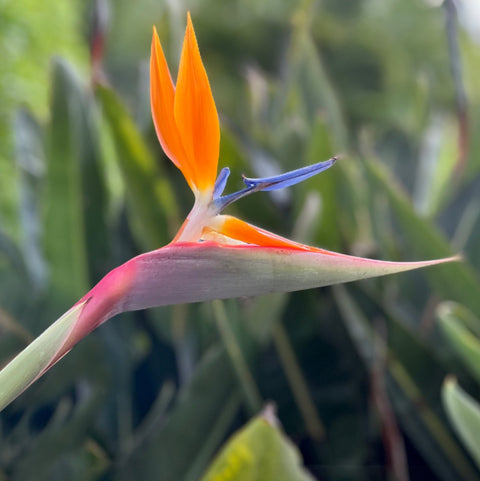
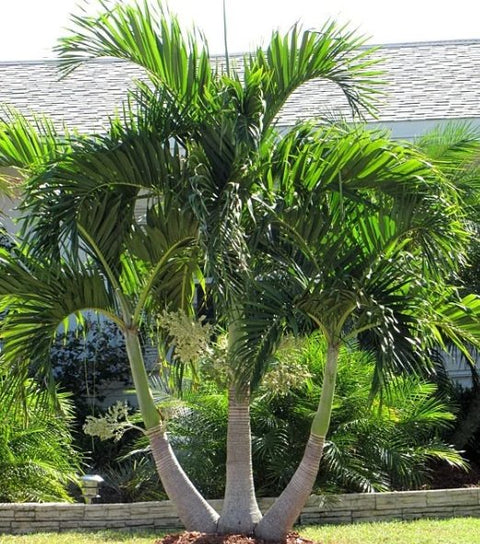
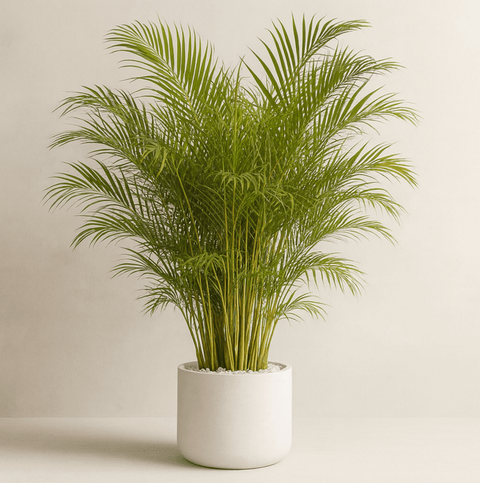






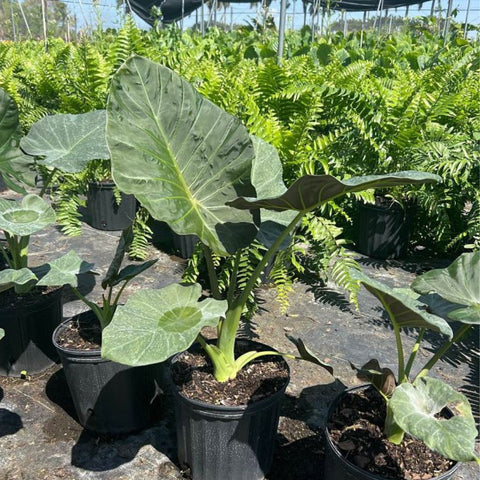
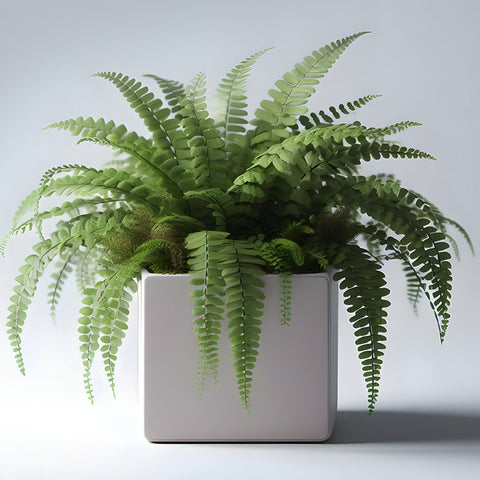




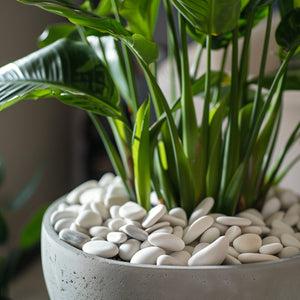

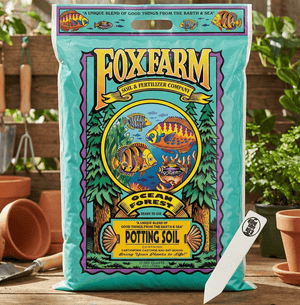




Comments (0)
There are no comments for this article. Be the first one to leave a message!